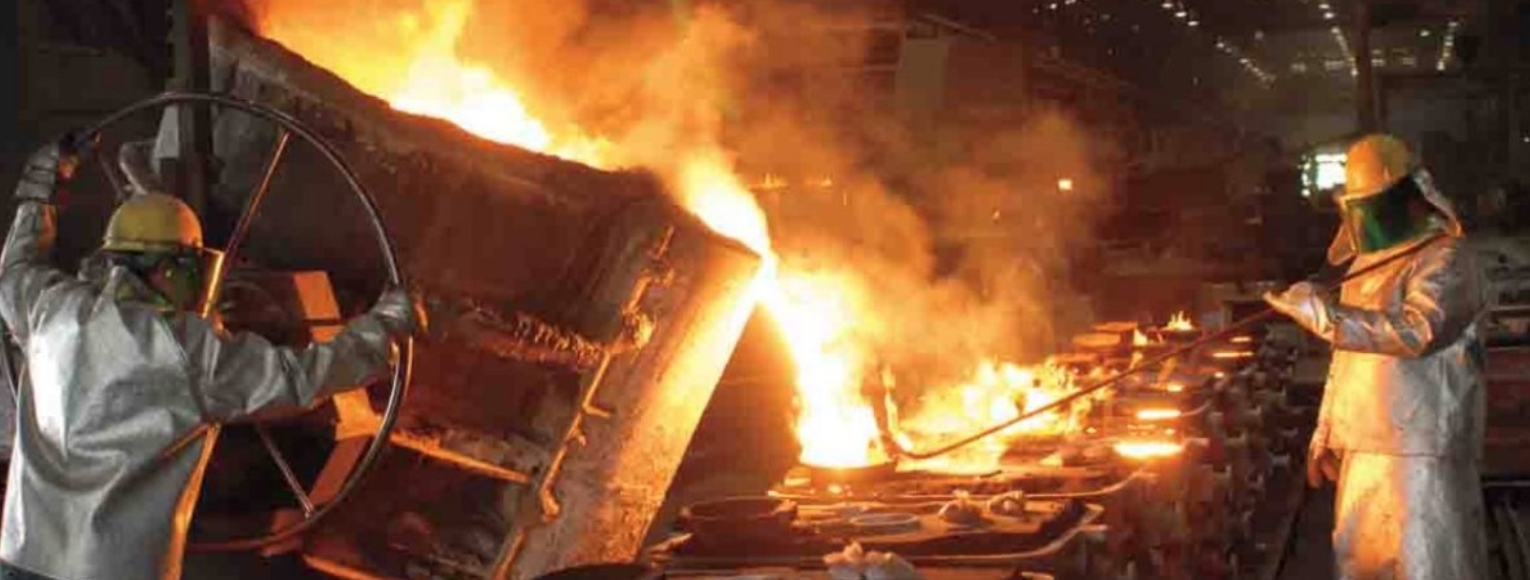
Sand casting manufacturing is a versatile and widely used manufacturing process where molten metal is poured into a sand-based mold to create complex metal parts. Here are some innovative designs and applications in sand casting manufacturing:
- Precision Sand Casting: Recent advancements in sand casting manufacturing focus on increasing the precision of the molds. This includes better control of sand grain size and shape, and the use of high-quality binders to produce smoother surfaces and more accurate dimensions in the final product.
- 3D Printing for Sand Molds: 3D printing technology is revolutionizing sand casting manufacturing by enabling the creation of complex, precise sand molds and cores that were previously impossible or too expensive to make using traditional methods. This allows for more complex designs and reduces the time and cost associated with mold making.
- Environmentally Friendly Materials: There’s a growing trend towards using environmentally friendly materials in sand casting manufacturing. This includes the development of organic binders and recyclable sands, which help reduce the environmental impact of sand casting manufacturing.
- Automated Sand Casting: Automation is being increasingly integrated into sand casting manufacturing. Robotics and computer-controlled systems are used for tasks such as sand mold preparation, pouring of the molten metal, and mold shaking-out, which enhances precision and reduces labor costs.
- Rapid Prototyping Integration: The integration of rapid prototyping technologies with sand casting manufacturing allows for faster development and testing of prototypes. This shortens the product development cycle, making it quicker to bring products to market.
- Custom Alloy Development: Advanced sand casting manufacturing are now capable of handling a wider variety of metal alloys, including custom-developed ones. This opens up new possibilities in terms of material properties and applications, especially in industries like aerospace and automotive where specific material characteristics are crucial.
- Smart Sand Casting: The introduction of IoT (Internet of Things) sensors and smart technologies into sand casting manufacturing allows for real-time monitoring and control. This leads to better quality control, predictive maintenance, and overall process optimization.
These innovations in sand casting manufacturing are driving the industry forward, making it more efficient, precise, and environmentally friendly, while expanding the possibilities in terms of the complexity and materials used in sand casting manufacturing.
